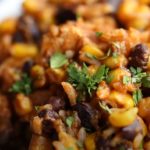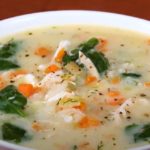Crockpot bone broth is a convenient and hands-off method of making nutritious and flavorful broth using a slow cooker. It involves simmering bones, vegetables, and aromatics over a long period at a low and consistent temperature. This method allows for a gradual extraction of nutrients and flavors from the bones, resulting in a rich and delicious bone broth. Here’s a basic recipe for making Crockpot Bone Broth:
Ingredients:
- 2-3 pounds of bones (chicken, beef, pork, or a combination of bones)
- 2 medium onions, roughly chopped
- 2-3 carrots, roughly chopped
- 2-3 celery stalks, roughly chopped
- 4-6 cloves of garlic, peeled and smashed
- 2 bay leaves
- 1 tablespoon black peppercorns
- 2 tablespoons apple cider vinegar (optional, helps extract minerals from the bones)
- Water (enough to cover the ingredients in the slow cooker)
- Salt, to taste (added at the end)
Instructions:
If using raw bones, you can roast them in the oven at 400°F (200°C) for about 30 minutes until they turn golden brown. This step adds depth of flavor to the bone broth. If using leftover bones from a cooked meal, you can skip this step.
Place the bones in the slow cooker. Add the roughly chopped onions, carrots, celery, smashed garlic, bay leaves, and black peppercorns to the slow cooker.
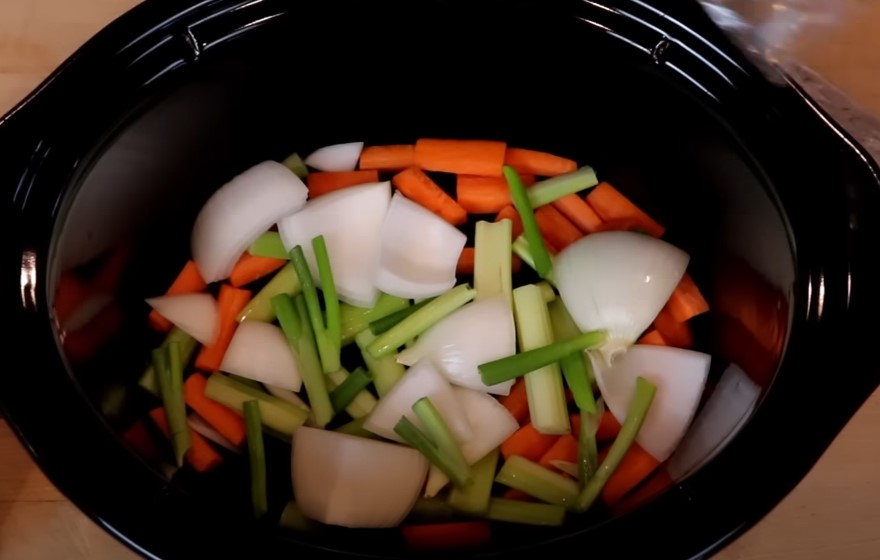
Pour in enough water to cover all the ingredients in the slow cooker.
If using apple cider vinegar, add it to the slow cooker. The vinegar helps to leach minerals from the bones and enhances the nutrient content of the broth.
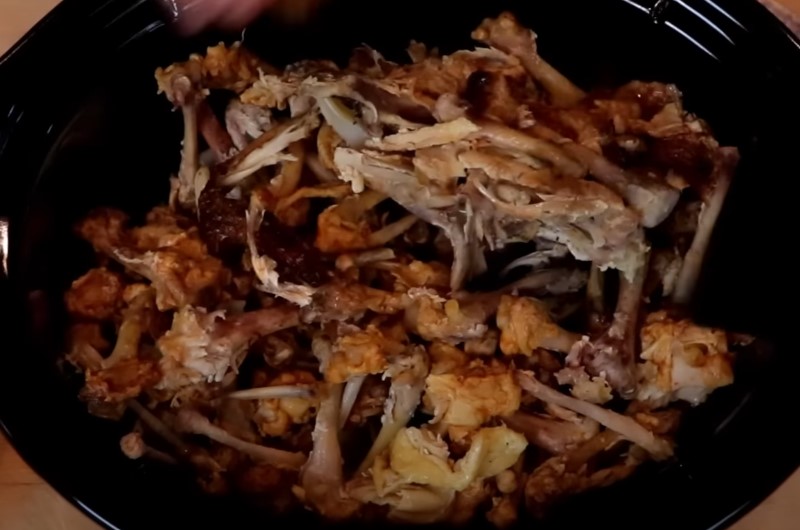
Set the slow cooker to the lowest heat setting (often labeled as “Low” or “Warm”) and let the mixture simmer for at least 12-24 hours. The longer the simmering time, the more flavorful and nutritious the bone broth will be.

Occasionally skim off any foam or impurities that rise to the surface during the simmering process.
After the desired simmering time is reached, turn off the slow cooker and let the bone broth cool slightly.
Strain the bone broth through a fine-mesh sieve or cheesecloth into a clean container, discarding the bones and solids.
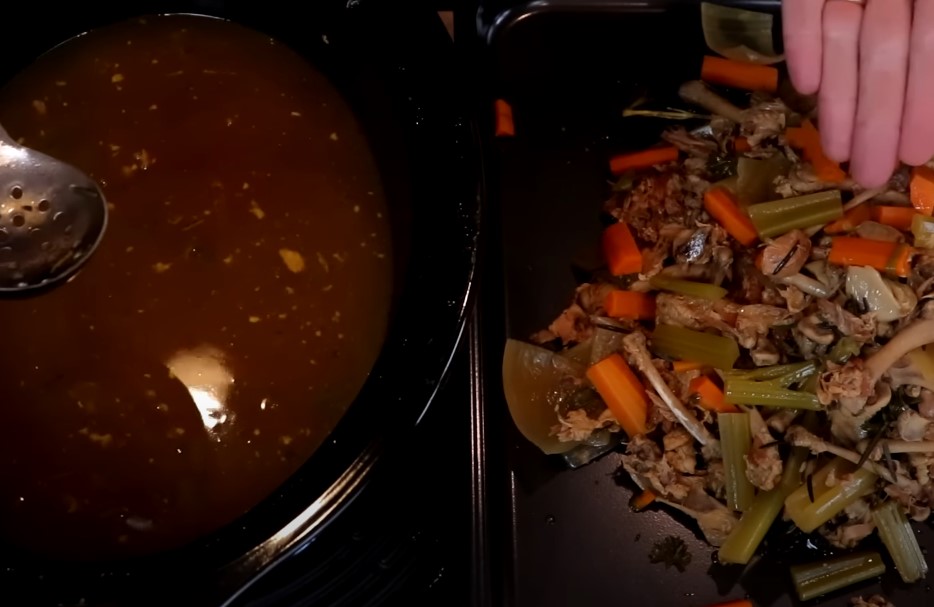
Taste the bone broth and season with salt as needed. The amount of salt will depend on your preference and the quantity of broth you made.
Once the bone broth has cooled, store it in the refrigerator for up to 4-5 days or freeze it in smaller portions for longer storage.
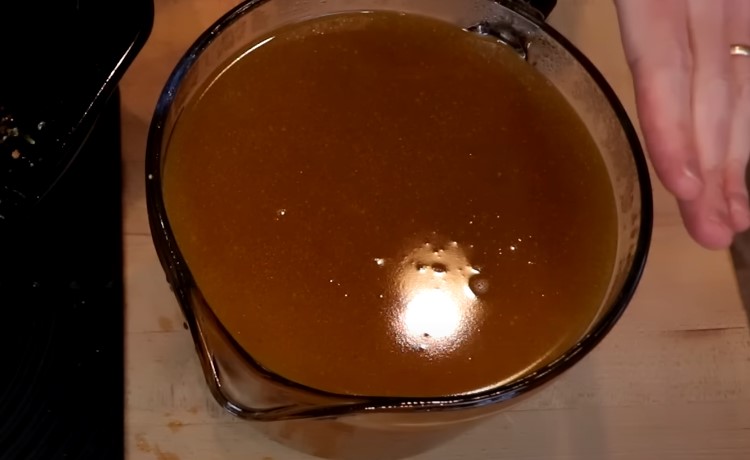
Crockpot bone broth is a convenient way to make this nutritious liquid without having to tend to a stovetop pot for hours. The slow cooking process allows the flavors and nutrients from the bones and vegetables to be extracted gradually, resulting in a flavorful and nutrient-dense broth. Enjoy it as a soothing beverage, use it as a base for soups, or incorporate it into various recipes to enhance their flavors and nutritional content.
Crockpot Bone Broth calories count
The calorie count of Crockpot Bone Broth can vary depending on the types and amounts of bones used, as well as any additional ingredients like vegetables and seasonings. Bone broth is a nutritious and flavorful liquid made primarily from bones, connective tissues, and aromatics, so it is relatively low in calories compared to other foods.
Similar to stovetop bone broth, the calorie content of Crockpot Bone Broth is primarily from the bones and any marrow they may contain. The vegetables and aromatics used in the broth contribute some calories as well, but the amount is generally minimal compared to the overall volume of the broth.
For a rough estimate, we can look at the calorie content of the main ingredient, which is the bones. However, keep in mind that the majority of the calories come from the bones and marrow, and not much is extracted into the broth itself.
Here’s a rough estimate of the calorie content of Crockpot Bone Broth based on the main ingredient:
- Bones (2-3 pounds): Approximately 200-300 calories
As with stovetop bone broth, the calorie content of Crockpot Bone Broth is not the main focus when consuming it. It is valued for its nutritional benefits, including being a source of collagen, gelatin, and other beneficial compounds.
Bone broth is often consumed in small amounts or used as a base for other recipes, so the calorie count is generally not a significant concern for most people. Instead, it is appreciated for its flavor, nutritional value, and potential health benefits.
Remember that the calorie count is just an estimate and can vary based on the specific recipe and ingredients used. If you have dietary concerns or need more precise calorie information, it’s best to consult with a registered dietitian or use a food tracking tool for a more accurate calculation.





